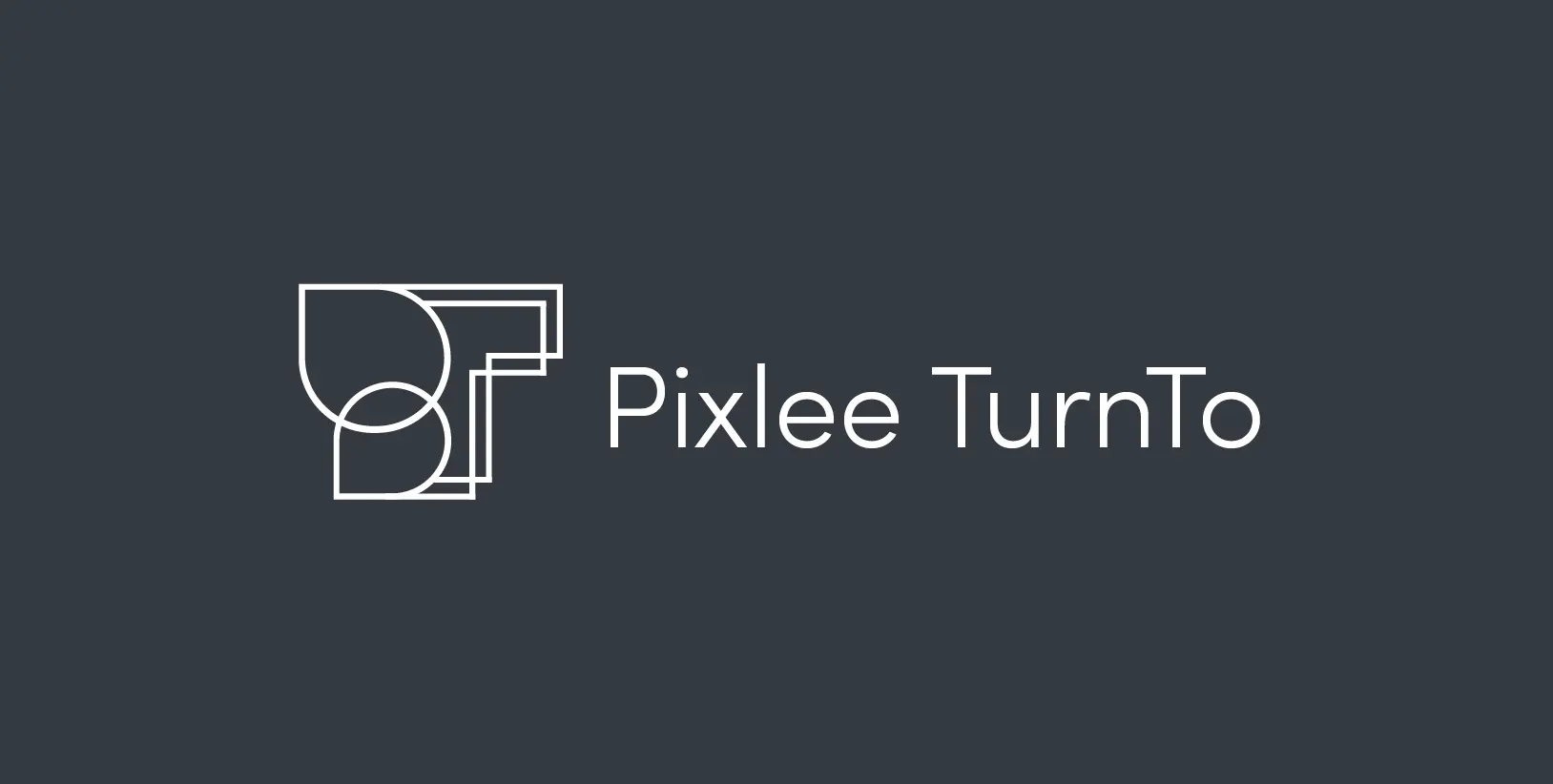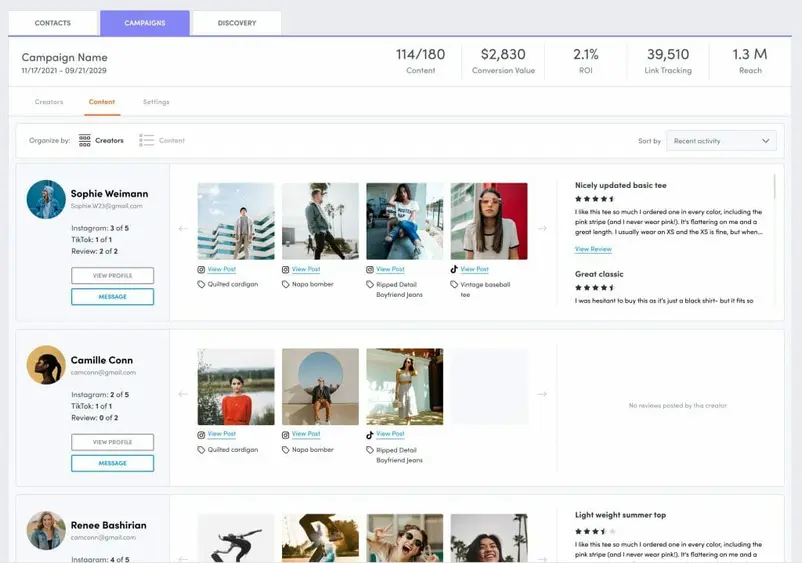
Overview
In May of 2012, Instagram was not yet two years old but had already passed 50 million users. The simplicity of the platform—post a picture, add a caption, receive validation—was part of that early success, but there was something else behind its astonishing growth. It turns out that a lot of everyday people are talented and creative. For a user, it was just as enjoyable to scroll through other people’s content as it was to make your own.
The onslaught of all this new, quality content—and the communities that formed around the people creating that content—became the foundation for influencer marketing. But while all these Instagrammers were still building their influence, Kyle Wong saw uses for the content regardless of who made it. The same year that IG hit 50 million users, Wong launched Pixlee TurnTo—a platform built for brands to curate the best social content featuring their products, for use as marketing assets across a variety of channels. And by “channels” we don’t just mean “social channels.” Pixlee TurnTo’s UGC platform can repurpose any piece of content out to your website, a new landing page, a digital display, paid ads—it’s highly flexible.
The company found success pretty readily with this idea and, whether they knew it at the time or not, set themselves up for future success in influencer marketing. With such a vast library of content and creators, it was only a matter of time before Pixlee TurnTo added tools for finding and collaborating with influencers. Pixlee TurnTo users were already discovering creators when they’d find their content. The addition of influencer features meant that they could search for the creators directly now.
In 2021, Pixlee added one more tool when it merged with TurnTo Networks, a consumer review website. By doing this, and creating Pixlee TurnTo for Creators, brands can centralize all their word of mouth marketing onto a single suite of tools. From content to communities to critiques, Pixlee TurnTo aims to give brands ever more editorial control over the public’s conversations about them. They’ve proven themselves with content, and TurnTo’s done the same with reviews. Do their influencer features live up to the same standards?
Pixlee TurnTo Review:
Pricing
Pixlee TurnTo doesn’t have any set pricing for their platforms. It is software-as-a-service, but pricing is highly individualized based on a variety of factors. The best we can tell you about whether they’re in your budget is the fact they work with “mid-market through multinational enterprise” customers.
The Details
You can see that Pixlee TurnTo is a content-forward platform in the way it’s laid out. Their flagship curation tools take center stage along the nav bar, and that’s to be expected. And when you click your way into the influencer tools (in the “Creators” section), the first screen you’ll see is a list of contacts—the people whose content you curated using Pixlee TurnTo. Finding influencers by way of searching relevant content first isn’t the norm among influencer platforms—there are only a handful we’ve seen that do it—but it makes all the sense in the world to be doing it here. Pixlee TurnTo started in content, has a database of billions of images and videos, and has been developing ways to search through it all for more than a decade. You can also find influencers in a more traditional way through their Discovery module, searching keywords, mentions, hashtags, etc. and filtering through results.
Whichever way you find people to work with, you’ll add them to your contacts in the platform and use that list as a repository of all the influencers and creators you have or want to work with. The front-facing list of contacts is an austere-looking list of names and a handful of stats, but when you click through to any of your contact’s Pixlee TurnTo profiles, you’re richly rewarded with a full featured CRM. In addition to all the expected data you’d want to see here—posts, engagement metrics, and audience demographics—you can also save contact info, create notes, track gifts that were sent, and see a feed of social activity from their connected accounts. And, going along with the whole content-first approach, there are settings for each creator that you can flag to let your team know that all content from this person is up for grabs to repurpose. This is something you’ll have to work out with the creator ahead of time, but it’ll save you in the long run from having to ask permission every time you see something of theirs you like. The CRM aspect is a real highlight, even if some actions are a little more manual than we’d like to see. Gift tracking, for example, is a manual process from start to finish; there is an ecommerce integration coming that will improve this, but for now it’s a few clicks and some typing for each influencer you’ve sent a gift to.
Creating campaigns is a pretty straightforward process, and will feel familiar to anyone who’s used an influencer marketplace before. The main list of campaigns includes a nice summary of performance data, giving you an at-a-glance understanding of how many influencers were invited and how many accepted along with running totals of reach, impressions, link clicks, and conversions. You can create a new campaign from this screen or drill down into any of your active ones to get more specific information. Clicking into an existing campaign doesn’t give you much more information than was available on the summary screen, though in addition to the campaign totals you’ll also see a list of influencers and a summary of their stats. Click on an influencer in that list, and you’ll see something that looks a lot like the CRM interface—with the same depth of data—but all the information displayed is specific to that campaign. Again, there are some not-ready-for-primetime moments here, where certain things happen just too manually. Getting certain metrics, like calculating your ROI on media value, require too much input from the user to happen.
But then there are other things that are done so well, like the way you can build campaigns to sell your products. It automates a few parts of the process nicely, and ROI is really easy to calculate when link tracking is involved. Give Pixlee TurnTo your destination URL and some UTM parameters, and it creates tracking links on the fly for each influencer that participates in the campaign. Assuming you’ve sent influencers the product you’re selling as a gift, you can also set Pixlee TurnTo to send them a follow up email in a week or so, asking for a review of the product. The reviews can be used anywhere, but of course it all goes a lot smoother if you’re using TurnTo.
Finally, also worth mentioning is the campaign album. Here again is Pixlee TurnTo’s content-first approach in action: all the images and videos for each campaign are aggregated into a single album, which is searchable in the same way as the rest of Pixlee TurnTo’s content library. For large campaigns at the scale Pixlee TurnTo supports, a campaign could have thousands of items in its album. You can search through them with remarkable specificity and start adding the best ones to your library of assets and repurposing them well beyond social media.
Conclusion
Pixlee TurnTo came by its jump into influencer marketing organically: they were already connecting brands with content. It wasn’t a huge leap to connect them to the people making the content, too. But that alone doesn’t make it an influencer platform. By adding features for relationship management and running campaigns, they’ve definitely placed a big bet on influencers for their future. But still: Pixlee TurnTo isn’t really an influencer platform. And that’s a good thing. By implementing these influencer tools through the lens of its longstanding premise that “content is king,” Pixlee TurnTo very much stakes out its own territory in the influencer platform landscape. No other influencer platform can do what Pixlee TurnTo can, because there’s no other influencer platform quite like it.
Rating
-
Features
-
Ease of Use
-
Reporting






